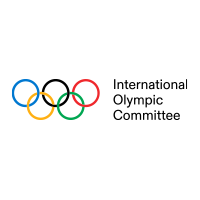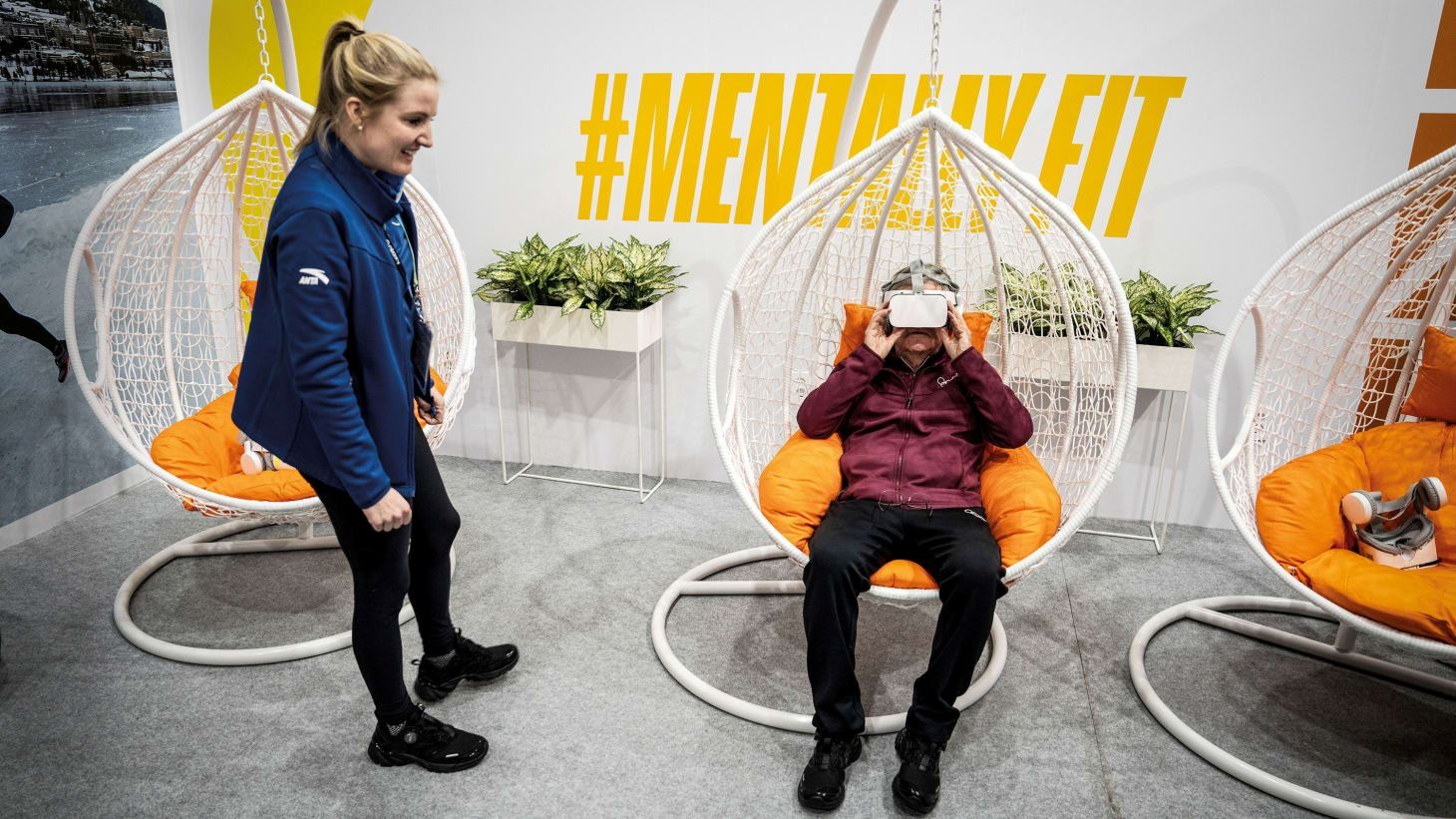08 August 2025 - Over two decades, the IOC has taken major steps to embed safeguarding across the Olympic Movement, building systems, supporting athletes and working to ensure safer environments at every level of sport. Here is the journey that changed the system.
I’ll never know what I could have achieved,” reflects Gloria Viseras from Spain, as she looks back on a sporting career that bears the weight of something no athlete should have to carry. Viseras was just 15 years old when she stepped onto the floor at the Olympic Games Moscow 1980 – a gifted gymnast representing her country on the world’s biggest sporting stage. But behind the poise of her performances in the Olympic spotlight was a hidden truth: Viseras was a survivor of severe abuse, suffering in silence at the hands of someone she was supposed to trust.
“I trained while being abused. I was focused not on developing my skills, but on managing that abuse,” she recalls. “I was very talented. But I’ll never know what I could have done without the abuse. Of course, I was broken.”
Back then, safeguarding simply didn’t exist in sport. There were no protocols, no reporting mechanisms and no one trained to recognise the signs that Viseras’s coach was abusing her. And for that broken 15-year-old girl, there was no safe space to speak out.
I didn’t know how to reach out for help. Nobody taught me. Nobody encouraged me to. And when my parents asked me what was wrong, it was easier for me to say that I had had a tough workout than to explain what my coach was doing to me. Perpetrators know how to keep victims silent and in secrecy – and they’re very good at it. They manipulate not only the victim, but also the whole environment around them.

Gloria Viseras
Olympian, Moscow 1980, and Senior Manager for Safeguarding in the IOC’s Health, Medicine and Science Department
For 30 years, Viseras kept her story to herself. When she finally disclosed it, the trauma of the court proceedings nearly broke her again. But it was during that time – facing threats and backlash – that she decided to act. “That’s when I decided I needed to work on this topic, to keep athletes from having to go through what I’ve gone through, and to be an advocate,” she says.
Today, Viseras is the Senior Manager for Safeguarding in the IOC’s Health, Medicine and Science Department. She is at the heart of efforts to protect athletes through education, policy and a culture of trust. And for her, this work is more than a mission – it’s part of her own recovery.
“For me, it’s very healing,” she says. “Because I see how my work is contributing to keeping athletes safe, and to helping them when the damage has already been done. That’s what drives me forward.”
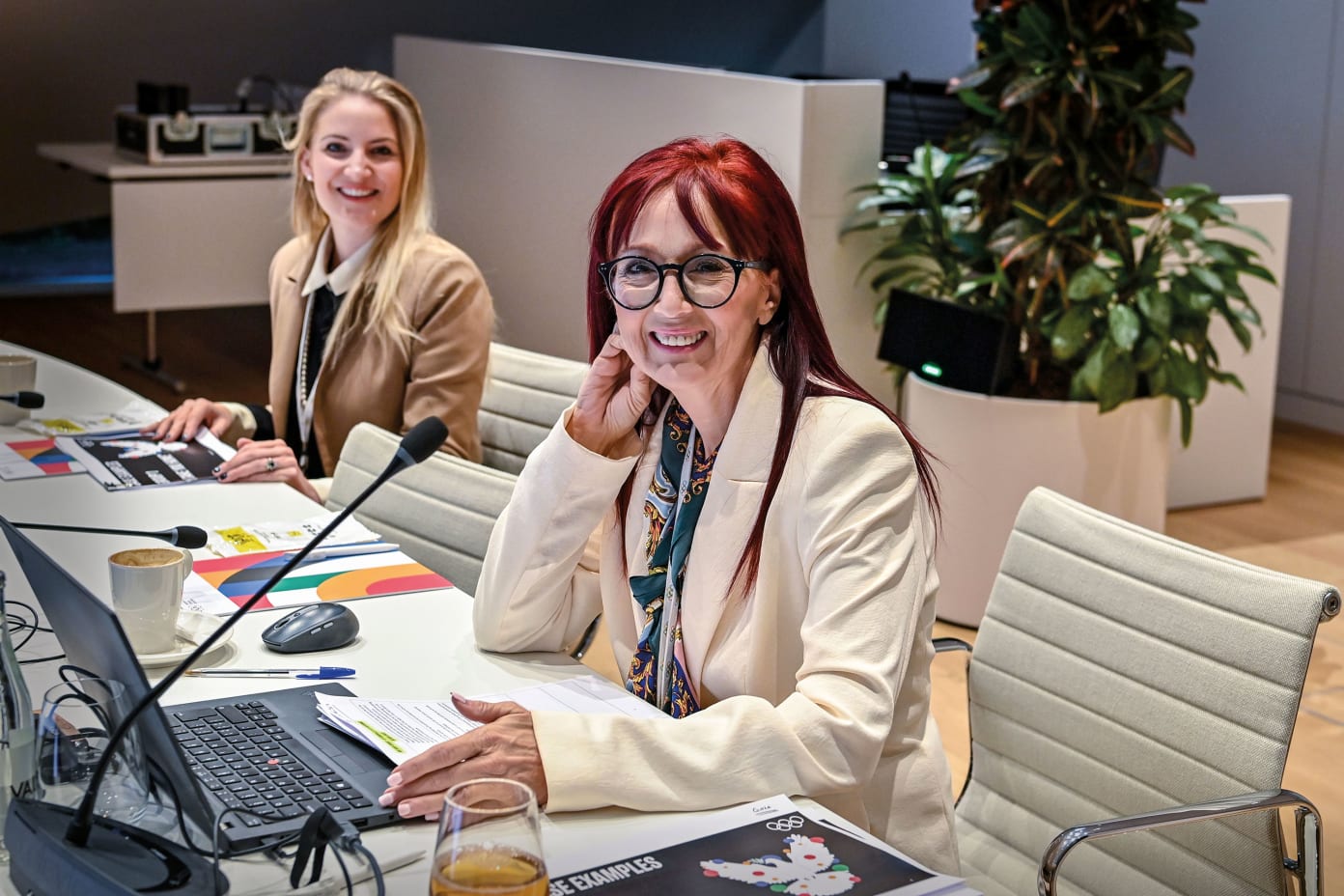
FROM SILENCE TO STRATEGY
For too long, stories like Viseras’s existed in silence. The topic of abuse in sport was often overlooked – considered too difficult, too uncomfortable or too damaging to the image of sport to be addressed openly. But that silence came at a cost. And as survivors began to speak out, their voices pushed sport to confront a reality it could no longer ignore.
At the IOC, work on athlete safeguarding began in the early 2000s, with the publication of the first consensus statements and education tools. But the real shift in pace and priority came in 2016, when the organisation introduced its first Games-time Safeguarding Framework – a structured response to harassment and abuse at Olympic events – and launched the IOC Toolkit to help International Federations (IFs) and National Olympic Committees (NOCs) develop policies and procedures of their own.
“Back in the late 1990s to early 2000s, safeguarding in the context of sport was something that was just not discussed, and was highly taboo, despite how widespread an issue it is across society,” explains Kirsty Burrows, the IOC’s Associate Director for Health, Medicine and Science. “Early pioneers and thought leaders in this space brought this to the IOC, and it was clear that proactive leadership from the IOC was needed.
“We began working on safeguarding in 2004. The first consensus was in 2007, followed by a number of educational tools and awareness-raising programmes. The Games-time Framework came in 2016, along with guidelines for sports organisations, and the IOC Athlete Safeguarding Toolkit was launched in 2017, though we were working on it since late 2015.”
The 2016 Larry Nassar case, and other high-profile abuse scandals, were also pivotal in shifting public awareness. For the IOC, these moments reinforced the importance of preparation – and the bravery of those who made their voices heard.
We must always recognise the courage of victims who spoke out. That created a wider awareness. There were so many misconceptions before – like ‘This only happens in certain sports’, or ‘Only to girls’, or ‘Only in certain countries’. But those voices helped shatter those misconceptions. Harassment and abuse permeates all aspects of society and can impact anyone; measures must look at protecting all individuals, across the board.

Kirsty Burrows
IOC’s Associate Director for Health, Medicine and Science
“When that heightened recognition hit, our toolkit was ready to launch – after 18 months of work with global experts. So we weren’t reacting – we were in a position to support athletes, with crucial guidance to sports organisations on safeguarding in sport. That’s something we’re proud of and that is really important in this space – not waiting for the crisis but building systems in advance.”
That preparation proved critical because the foundations throughout the Olympic Movement were still extremely limited.
“When I arrived in 2015, only one IF had a safeguarding statement that we could find,” recalls Burrows. Since then, progress has been driven by a clear mandate from the top. Under the leadership of IOC President Thomas Bach, safeguarding has moved from the margins to the mainstream of sport governance – and has been embedded across the Olympic Movement as part of Olympic Agenda 2020+5.
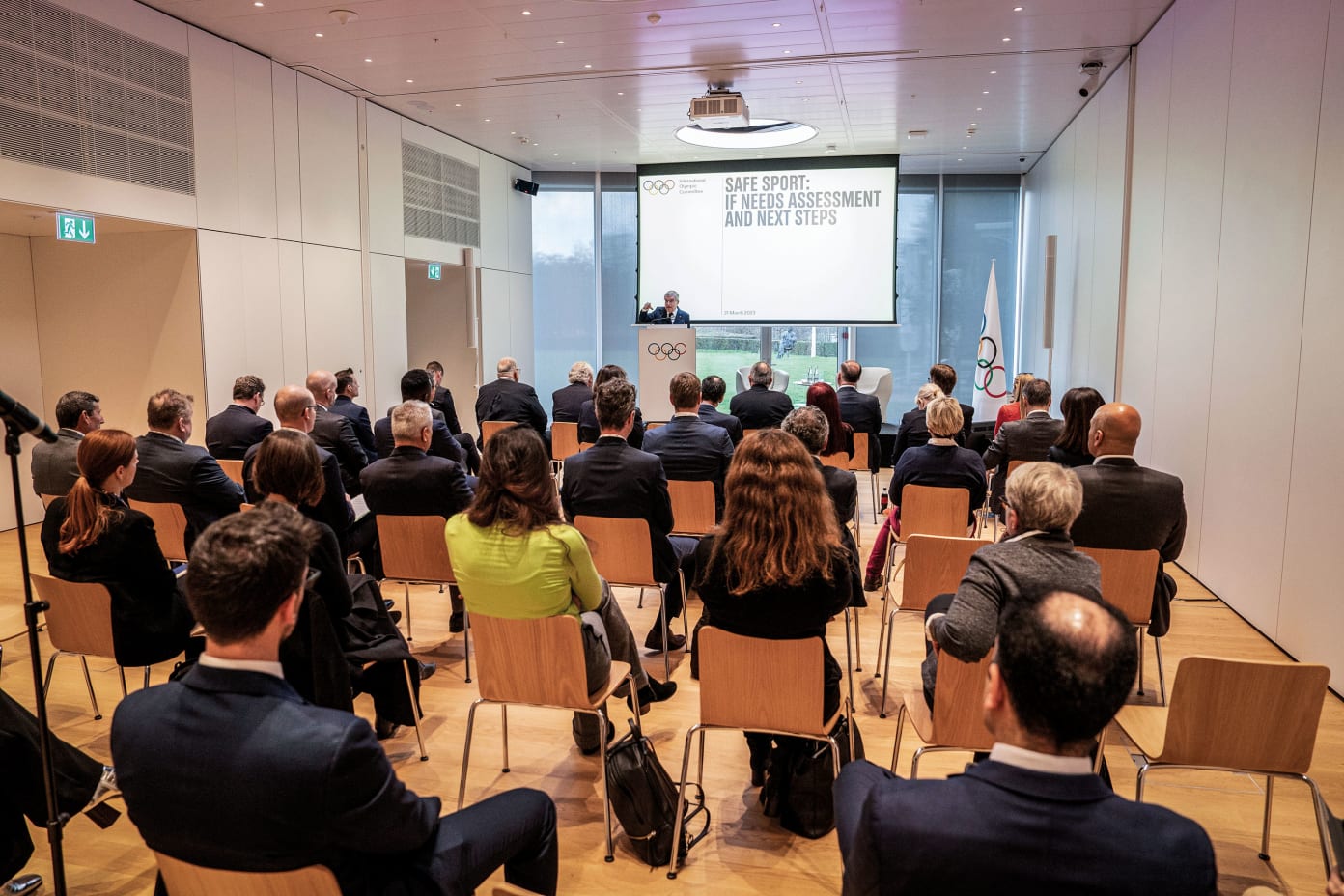
“When we started, safeguarding wasn’t a strategic priority,” says Burrows. “Now it has its own section in the Olympic Charter. That shift – placing safeguarding at the heart of the Olympic Movement – has changed everything.”
In 2022, the IOC established a dedicated Safe Sport Unit to lead this work year-round and at Games-time. The unit works across all IOC departments, and with partners throughout the Olympic Movement, to develop systems that are athlete-centred, trauma-informed and grounded in evidence, following a public health approach.
Through updated frameworks, international training programmes and a growing network of trained professionals, safeguarding is no longer just about responding to incidents; it’s about changing the culture of sport.
The shift has been significant. Today, all Olympic IFs have a designated safeguarding officer. Nearly nine in 10 have formal policies in place – and more importantly, they are being implemented and monitored. Through biannual reviews, needs assessments and hands-on guidance, safeguarding has shifted from being a document to becoming part of the daily culture of sport.
“A policy alone doesn’t create cultural change,” says Burrows. “We look at broader indicators – not just whether a federation has a safeguarding policy and a focal point, but how safeguarding is embedded more holistically.”
FROM POLICY TO PRACTICE
Measuring progress in safeguarding means more than counting policies; it means understanding how systems are changing – and how trust is being rebuilt.
Since 2016, the IOC has worked to ensure that safeguarding is not only adopted but embedded across the Olympic Movement. Through regular needs assessments, NOC reviews and athlete feedback surveys, progress is now being tracked in ways that reflect not just structure, but culture.
“We’ve moved beyond just asking, ‘Do you have a policy?’ to developing comprehensive indicators,” explains Burrows. “From our 2022 to 2025 Needs Assessments, we’ve seen significant progress across all indicators. This shows that sports organisations are not only writing policies and training people, but they’re also strengthening safeguarding environments – with our support.”
The results are plain to see. In the 2022 IF needs assessment, 85 per cent of Olympic IFs reported having a safeguarding policy in place. By 2025, that number had grown slightly but, more significantly, the proportion of IFs reporting full implementation rose from 56 to 82 per cent. In the same period, 197 NOCs completed the IOC’s NOC Review, with more than half confirming they had a safeguarding officer trained or enrolled in the IOC Certificate: Safeguarding Officer in Sport programme – a dedicated education and training initiative that has had a remarkable impact on building capacity across the Olympic ecosystem.
Launched in 2021, it is the most comprehensive training programme of its kind: a 250-hour course delivered over seven months, designed by a global academic advisory board. To date, 343 participants from 99 countries have followed the course, with strong representation from IFs, NOCs, National Federations and grassroots clubs. Many of these participants were supported by Olympic Solidarity funding, as part of the IOC’s commitment to equitable access.
But these numbers only tell part of the story – the real measure of change lies in what athletes are seeing and feeling themselves.
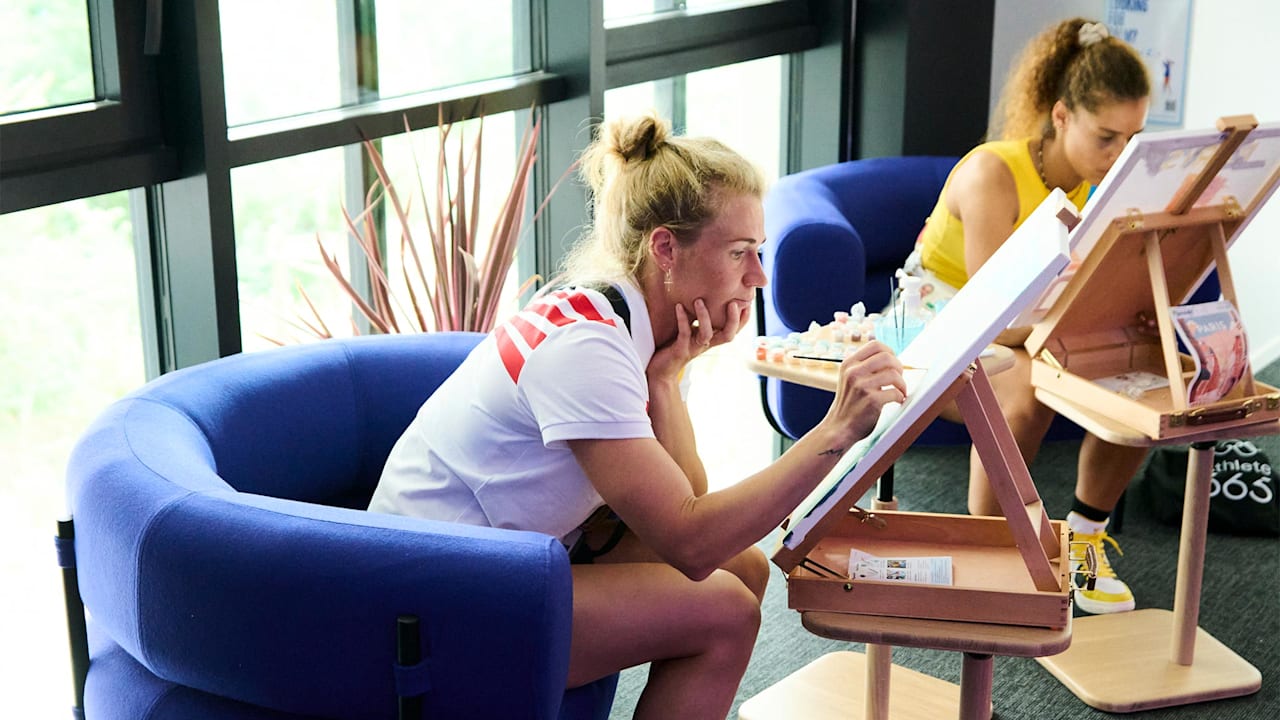
At the Olympic Games Paris 2024, safeguarding support was more visible and accessible than ever before. The updated Games-time Safeguarding Framework was implemented with the support of 154 accredited welfare officers from 74 NOCs and 41 welfare focal points from 32 IFs, all of whom were available on-site to support athletes and teams. These professionals were trained to recognise concerns, offer trauma-informed support and coordinate follow-up care if needed.
Inside the Olympic Village, athletes found the Athlete365 Mind Zone x Powerade, a new initiative developed with Worldwide Olympic Partner Coca-Cola. Designed as a space to decompress and recharge, the Mind Zone offered evidence-based mindfulness activities, access to trained support staff and a quiet place to disconnect from competition pressures. More than 2,300 immersive virtual reality (VR) mindfulness sessions were delivered to athletes and entourage members from 148 countries, and more than 4,000 “gratitude postcards” sent to loved ones.
But beyond these numbers, the Mind Zone provided a different kind of entry point – one that normalised care, created space for honest conversations and offered support in a way that felt safe and approachable.
“We provided a safe space for the athletes to come and reach out for help,” says Viseras. “And in a lot of those conversations – when they came and said things like, ‘I’m just not feeling well’ – we were able to identify underlying issues and refer them to specialists for support.”
Safeguarding was also extended into the digital space. For the first time, the IOC implemented a full-scale cyber abuse protection service, using AI to monitor more than 2.4 million social media posts in over 35 languages. In cases where athletes or officials were targeted with abuse – more than 350 individuals in total – the system enabled rapid action. Content that breached platform guidelines was removed, while content that appeared potentially criminal was escalated to the relevant authorities.

At the Winter Youth Olympic Games (YOG) Gangwon 2024, this broader safeguarding strategy was adapted for a younger audience. In addition to welfare officers and safeguarding education, the “Mind, Body and Me” zone offered holistic well-being activities to help normalise conversations around mental health and injury prevention. A post-Games survey, completed by more than 1,200 athletes, revealed that 76 per cent were aware of the IOC’s safeguarding measures, and 80 per cent felt comfortable reaching out for help.
This trust – and the willingness to use the systems in place – are one of the clearest signs that progress is taking root. “Trust is earned in droplets and lost in buckets,” says Burrows. “That trust – that willingness to engage with our systems – is the most important metric we have.”
Education has also become a key tool for change. In August 2023, the IOC launched two new online courses on Athlete365: Safeguarding Essentials for Young Athletes and Safeguarding Essentials for Athlete Allies. Available in 10 languages, the courses help young athletes and their entourage understand the different forms of abuse, how to recognise warning signs and how to take appropriate action. Both were developed in response to the needs identified by athletes themselves.
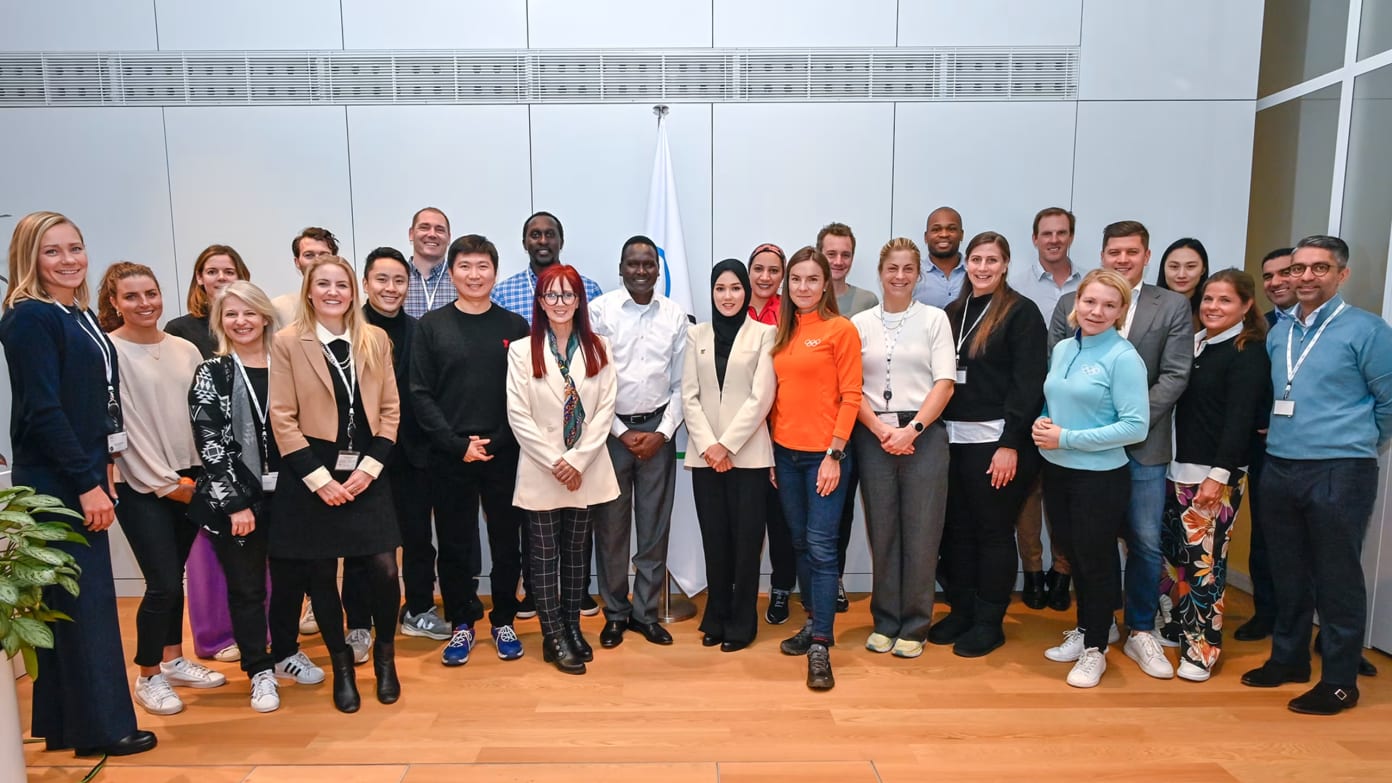
Meanwhile, the Safeguarding Focal Point Course – first delivered to IOC Athletes’ Commission members in 2022 and expanded in 2023 – is helping athlete representatives provide peer-level support, while strengthening the safeguarding knowledge base across the Olympic Movement. A train-the-trainer programme for this course, which ensures the initiative can be tailored to local contexts, is set to be launched in June 2025.
What emerges from all of these efforts is not just a network of policies or interventions, but a shift in mindset. Athletes are speaking up. Organisations are listening. And safeguarding is no longer something done behind closed doors or in response to crisis. It is becoming part of how teams are formed, how competitions are run and how safe sporting environments are sustained. And that shift is essential – not only for those competing today, but for the next generation.
A massive survey of over 10,000 young athletes and their parents found that fear of harassment and abuse is one of the top reasons parents don’t want their children in sport. So safeguarding is critical to the sustainability of sport and the Olympic Movement.

Kirsty Burrows
IOC’s Associate Director for Health, Medicine and Science
The changes are measurable but their most important impact is the one that can’t be easily quantified: a growing sense that athletes are no longer alone. “Every time we’re able to help an athlete with a concern, it’s super rewarding,” explains Viseras. “You can see a policy being developed and implemented, but there’s nothing like actually helping a person face-to-face with an issue, as we do at the Olympic and Youth Olympic Games.”
FROM SPORT TO SOCIETY
The IOC’s work on safeguarding has always been rooted in the needs of athletes. But in recent years, its focus has expanded – from preventing harm in sport to contributing to safer systems across society.
One of the clearest examples of this shift is the development of Safe Sport Regional Hubs, a new initiative designed to build stronger, community-led safeguarding networks in partnership with local stakeholders. Supported by a quadrennial USD 10 million fund and developed in collaboration with experts, survivors and public agencies, the hubs aim to meet the needs of athletes and others who have been harmed in sport – not just during competitions, but across their full sporting journey.
Two pilot hubs are now underway – one in Southern Africa and another in the Pacific Islands. Each is being shaped by regional consortia, including civil society organisations, safeguarding practitioners, government bodies and academic institutions. These hubs are intended to support reporting and response, as well as prevention, education, referral systems and survivor services that reflect local realities.
“Rather than just setting up an office and planting an IOC flag, we’re taking a localised, community-driven approach,” explains Burrows. “Each hub will be different because it’s by the region, for the region.”
The hubs are part of a broader rethinking of how the IOC sees its role – not just as a convenor of sport, but as a partner in global safeguarding efforts. Increasingly, the IOC is working with organisations such as the World Health Organization (WHO), UNICEF and the United Nations Office on Drugs and Crime (UNODC) to develop cross-sector approaches that support athletes and strengthen child protection systems more broadly.
“Sport doesn’t exist in a vacuum,” Burrows says. “We’re not just strengthening safeguarding in sport – we’re recognising that sport can be a vehicle for protection at a much wider level.”
To support this wider ambition, the IOC has helped establish an International Safe Sport Steering Committee, bringing together intergovernmental organisations, NGOs, athlete representatives and sport bodies. The committee is guiding the development of global tools, including an International Safe Sport Framework, a classification system for interpersonal violence in sport and guidelines for trauma-informed investigations.
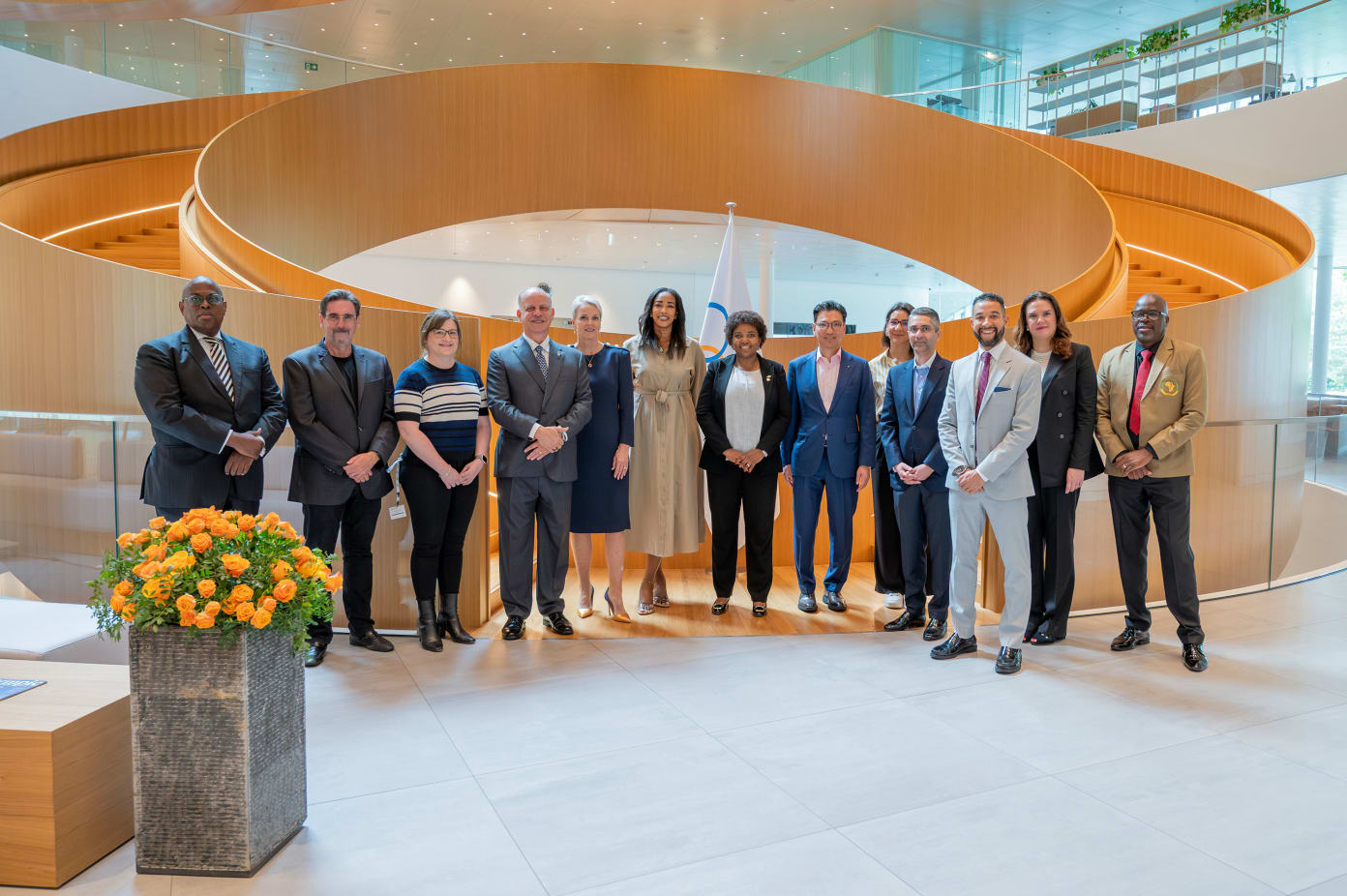
These tools, while designed for sport, have the potential to inform how safeguarding is understood and implemented in schools, clubs and youth organisations worldwide – wherever young people learn, train or compete.
“Violence against children is a global societal issue,” says Burrows. “Sport, over the last 10 years under President Bach’s leadership, has become a sector that’s not just addressing violence within itself, but helping address violence in society through sport-based programmes. We are seeing a shift in people and organisations seeing sport as a powerful driver of systems change.”
At its core, this approach reflects the same principle that has guided the IOC’s work from the start: that sport must be a safe space. But increasingly, it’s also recognising that sport can be part of the solution – not only for athletes, but for society.
FROM PAIN TO PURPOSE
Gloria Viseras knows that safeguarding can’t undo the past. But it can change what athletes experience today, equipping them with the tools and support to act when something is wrong.
“Athletes need to know that there is help available now,” she says. “They can reach out if something doesn’t feel right. They can ask questions. They can challenge misbehaviours. There will always be someone who will help. The topic is on the table. Organisations are working on it. Awareness has been raised. There is far, far more help than there used to be.”
From a time when safeguarding wasn’t even a concept to a moment when it is becoming embedded in the fabric of sport, the shift is real. The work isn’t finished – and the change hasn’t come overnight – but across the Olympic Movement, there is now a shared commitment to safer sport. And as the work continues, Viseras is clear about what’s needed next.
Safeguarding is everyone’s responsibility. We need allies to ensure that environments are safe, so that athletes can get the full benefit of participating in sport, and have a good, long-lasting experience at all levels. We need people – everyone – as safeguarding allies. Because it’s everyone’s responsibility.

Gloria Viseras
Olympian, Moscow 1980, and Senior Manager for Safeguarding in the IOC’s Health, Medicine and Science Department
That shared responsibility, she explains, is about shifting the burden away from the athlete – and onto the systems meant to protect them. “Really, it shouldn’t be on the athlete to disclose abuse,” she adds. “It’s the environment that needs to be safe. It’s the responsibility of those around the athlete to keep them safe.”
For Viseras, that responsibility is personal – but it’s also a promise. “I made peace with it – when I realised that it wasn’t sport itself. It was some people within sport who made that abuse happen,” she says. “It wasn’t the sport.”
And while Viseras still lives with unanswered questions about what might have been, the IOC’s safeguarding efforts are helping ensure that no other athlete has to suffer in silence, denied the chance to reach their full potential.
This article was first published in the Olympic Review 124.
Written by Michael Stoneman for the Olympic Review
